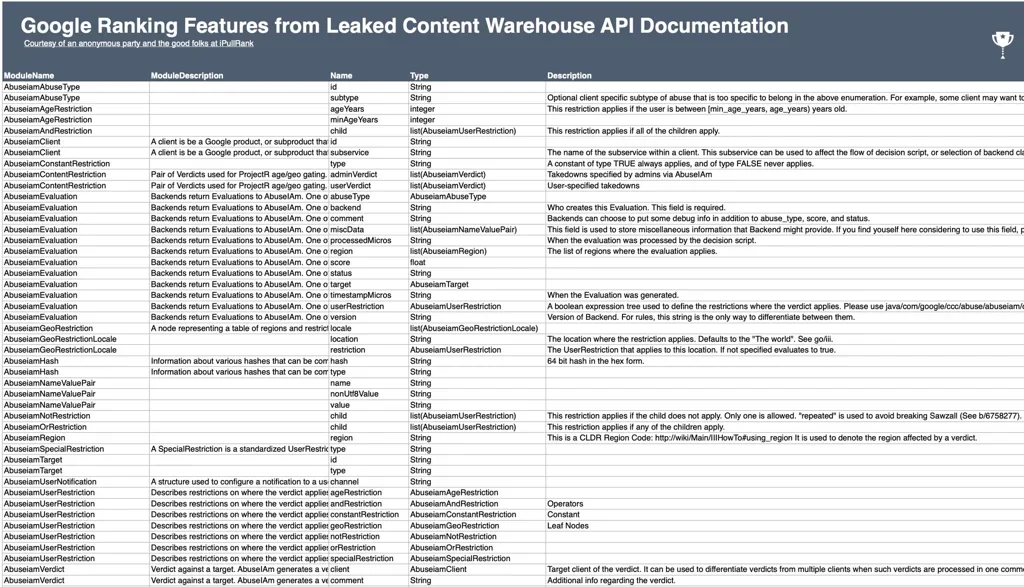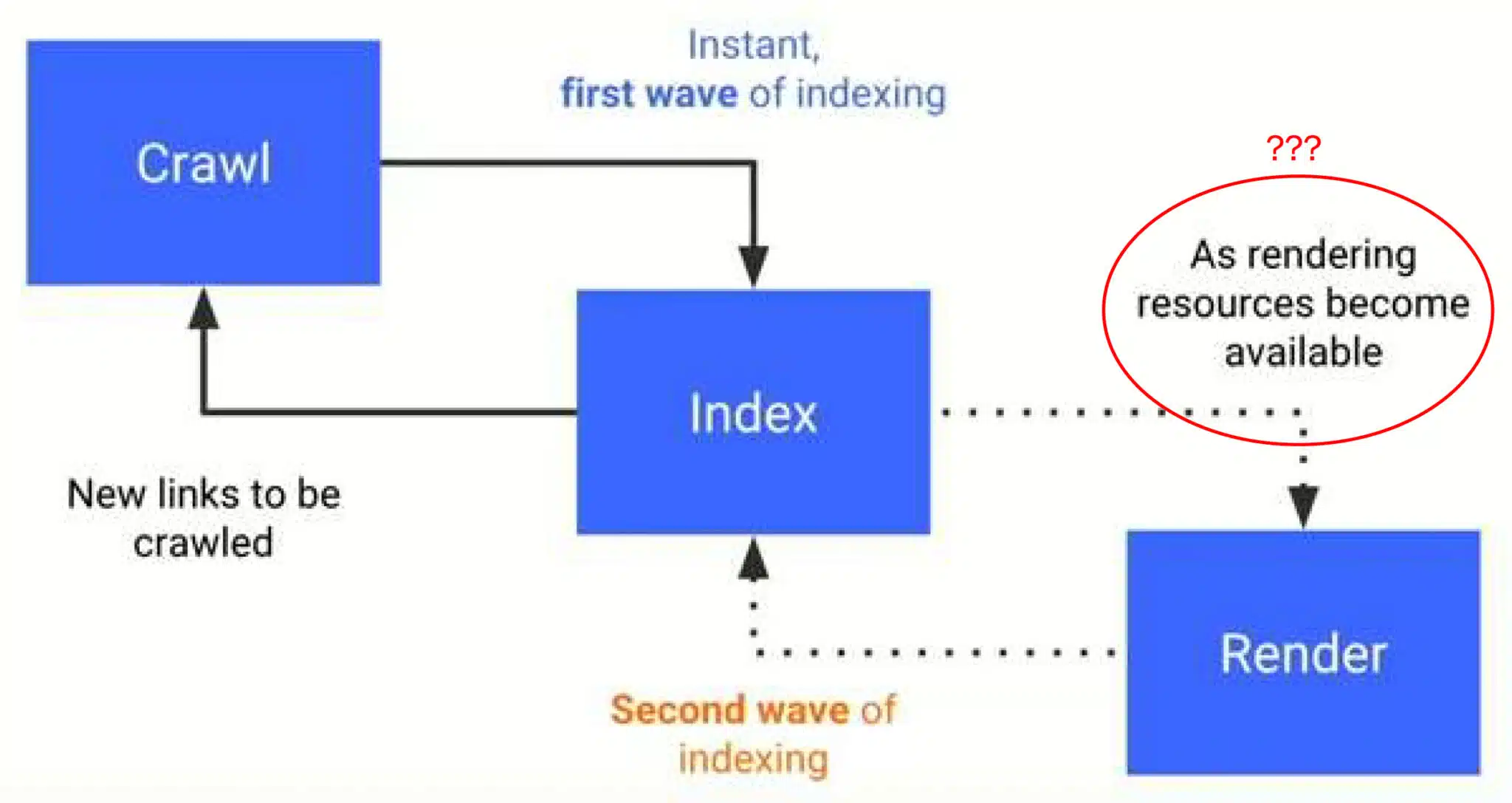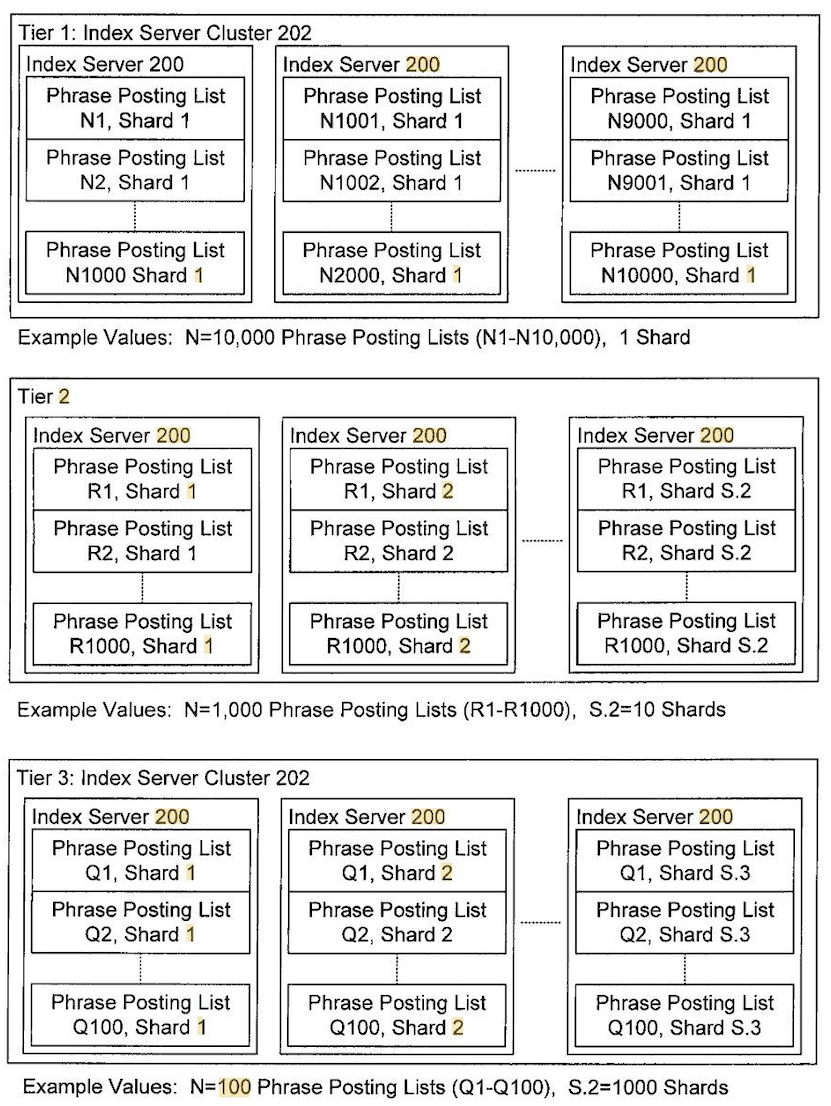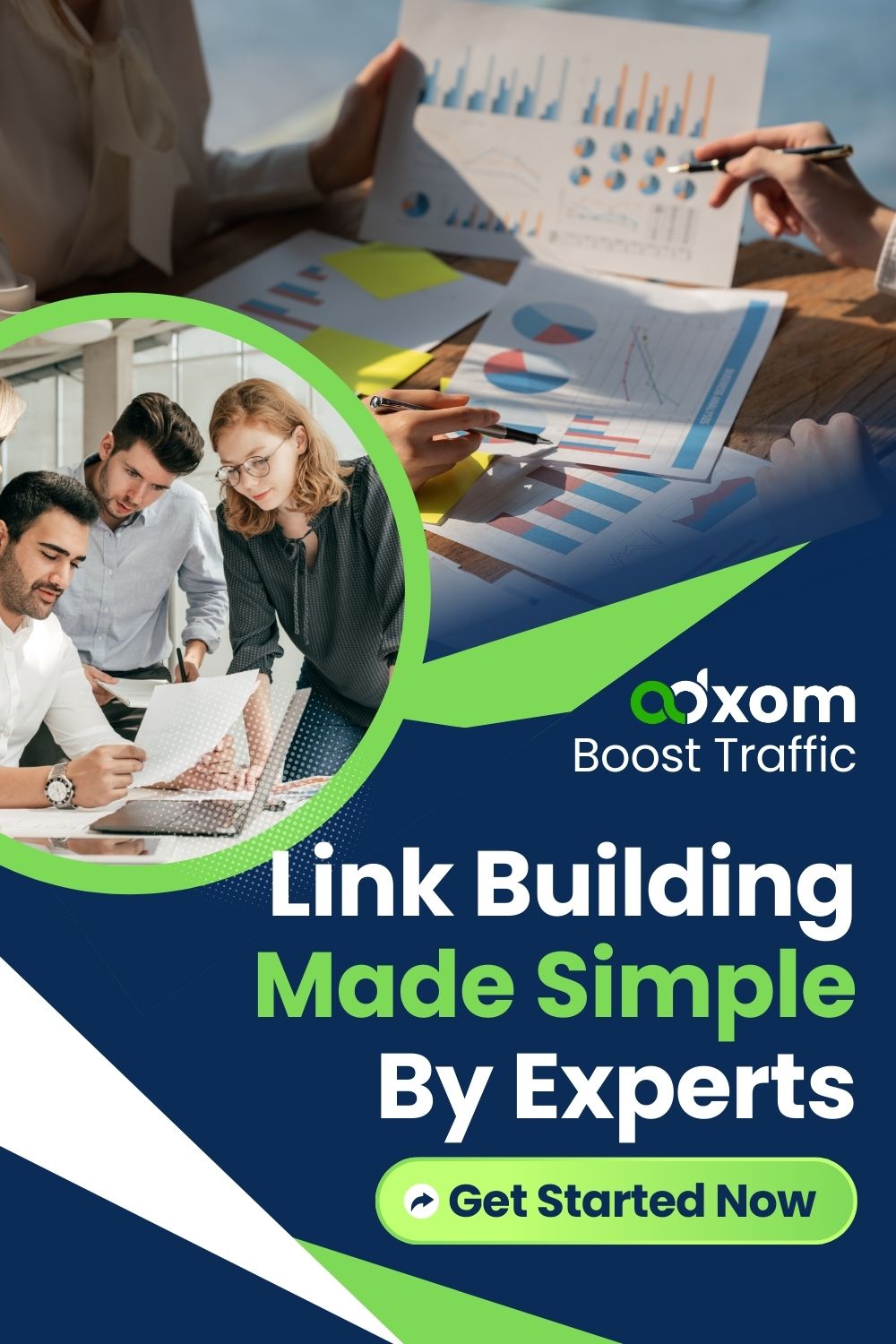One Year Later: How Google’s Search Documentation Leak is Shaping SEO in 2025
 (10).jpg)
In one of the most eye-opening revelations in SEO history, over 2,500 internal Google documents detailing more than 14,000 ranking features were leaked in May 2024.
First discovered by Erfan Azimi and then widely disseminated by Rand Fishkin and Michael King, these documents sparked intense industry debate about the truth behind Google's elusive ranking algorithm.
While Google later confirmed the documents were real (but “incomplete” and “out of context”), the leak gives SEOs something they’ve never had: a glimpse into the machine that runs the web.
This isn’t just a one-off scandal. It’s a roadmap (however partial) into how Google actually evaluates and ranks content. If you’re still relying solely on outdated tactics or vague best practices, you could be missing out.
Here’s what the leak means for modern SEO in 2025:
What’s Inside the Leak?
The files originally hosted in Google’s internal Content API Warehouse, shed light on the kinds of data Google can collect and might use to evaluate web pages. While not a definitive “ranking formula,” the leak highlights
- Click data and user behaviour signals
- Author and site authority scores
- Content quality evaluations by AI
- Indexing tier systems
- Link scoring and demotion systems

10 Key Takeaways SEOs Should Know in 2025
1. Click Data Matters More Than Google Admits
Contrary to long-standing denials, Google appears to use click logs, dwell time, and bounce rates as quality indicators. Features like badClicks, lastLongestClicks, and unsquashedClicks suggest a strong behavioural component.
What to do in 2025:
- Focus on engagement-driven content.
- Improve UX and make content scannable.
- Optimise titles for CTR (without click baiting).
2. NavBoost Is Real (and Important)
One of the most notable revelations is the NavBoost system, which processes search behaviour (clicks, impressions, and even location-specific signals) to influence rankings. It’s a powerful layer on top of traditional ranking.
What to do in 2025:
- Craft compelling title tags and meta descriptions to boost click-through rate (CTR).
- Understand search intent and create content that satisfies it quickly.
- Improve dwell time by delivering immediate value , lead with strong intros, helpful formatting, and clear takeaways.
- Avoid pogo-sticking (users bouncing back to search) by ensuring your content matches what the user expects from the query.
NavBoost makes one thing clear: It’s not just about ranking. It is about earning the click and keeping the user.
3. Chrome Data Is Likely Used
Fields such as chromeInTotal, chromeVisits, and chrome_click_signal point toward Chrome browser data being factored into rankings; a notion Google has historically denied.
Put simply in two slides:

What to do in 2025:
- Monitor site performance across browsers, especially Chrome.
- Speed, interactivity, and Core Web Vitals matter beyond SEO. They influence user signals Google may be tracking.
4. Author Authority Exists
A field named author_score indicates Google evaluates individual content creators, not just sites fitting perfectly with its E-E-A-T (Experience, Expertise, Authoritativeness, and Trustworthiness) framework.
What to do in 2025:
- Highlight author credentials clearly on blog posts and pages. Add bios, relevant experience, and links to other credible work.
- Use consistent author profiles across platforms to build recognizability (LinkedIn, Twitter/X, guest posts, etc.).
- Publish thought leadership content from subject-matter experts, especially in YMYL (Your Money Your Life) niches.
- Leverage schema markup (like Person and Article) to help search engines connect authors with their content.
In 2025, building trust through named expertise isn’t optional . It's an SEO advantage.
5. PageRank Lives On (In Multiple Flavours)
The documents reference seven variants of PageRank, including rawPageRank, trustedPageRank, and pageRankNS. It’s clear that PageRank, although no longer publicly visible, still plays a foundational role.
What to do in 2025:
- Prioritise high-authority backlinks from trusted domains — especially ones that are already ranking well and have solid editorial standards.
- Limit links from spammy or irrelevant sites, as they may carry little value or even dilute your trustedPageRank.
- Use internal linking strategically to pass authority to key pages. Make sure your site architecture helps distribute value effectively.
- Diversify your link sources. TrustedPageRank likely favors links from established, high-E-E-A-T sites; not link farms or private networks.
In 2025, PageRank is still king behind the scenes. So build links like it still matters. Because it does.
6. Topicality and Embeddings Are Crucial
Google uses semantic embeddings and fields like siteFocusScore and siteRadius to evaluate how topically focused a site is. In short: niche authority matters more than ever.
What to do in 2025:
Narrow your content focus. Instead of writing about everything, go deep into your niche. Cover related topics with depth and consistency.
- Create topical clusters. Build interlinked content hubs around core subjects to reinforce authority and relevance in Google's semantic models.
- Optimise for semantic relevance, not just keywords. Use related terms, entities, and structured data to help Google understand your expertise area.
- Avoid off-topic content. Publishing unrelated articles can dilute your siteFocusScore and harm your perceived authority.
In 2025, building topical authority is the new SEO moat. Don’t be a generalist but be the go-to expert in your niche.
7. Indexing Tiers: Not All Pages Are Equal
Google assigns pages to different indexing “tiers”—high, medium, and low—based on factors such as click data, authority, and freshness. Links from high-tier pages may be more valuable, even if they’re nofollow.

What to do in 2025:
- Keep key content fresh and high-performing.
- Drive traffic from multiple channels to show value.
- Don’t leave “thin” or inactive pages live; prune or refresh.
8. Freshness Is Closely Monitored
With fields like bylineDate, syntacticDate, and semanticDate, Google appears to parse and prioritise updated content, not just by metadata, but actual language cues.
What to do in 2025:
- Regularly update key content, especially high-traffic or evergreen posts with real changes, not just surface tweaks.
- Use clear temporal signals in your writing. Phrases like “as of 2025” or “recent updates show” help reinforce content relevance.
- Include new stats, quotes, or examples from the current year to show true freshness.
- Audit and revise your top-performing pages every 3–6 months to maintain their ranking strength.
In 2025, freshness isn’t a checkbox but a competitive edge. Keep your content alive and current, or risk being left behind in the rankings.
9. Demotions for Spam, Mismatch & Low Quality
Google may demote content for multiple reasons:
- Inconsistent authorship (authDemotion)
- Overlapping titles (titleMatchScore)
- Low-quality UX (badClicks, hostAge)
What to do in 2025:
- Build a consistent author identity across all platforms and content. Use author bios and link to verified profiles (like LinkedIn).
- Avoid clickbait titles. Make sure your titles are accurate, unique, and reflect what’s in the content.
- Improve on-site experience. Reduce bounce rates by ensuring fast loading, intuitive navigation, and clear value for users.
- Avoid shortcuts. Don’t use AI content without editing or copy-paste thin pages. Google is watching user behaviour closely, and low-quality sites will be quietly pushed down.
In 2025, SEO isn't just about optimisation. It's about credibility. Build trust or risk silent demotion.
10. Nofollow & Link Diversity Play a Role
The leak also reinforces the importance of a natural link profile. It references link tiers and shows that Google is tracking various attributes beyond “follow” status.
What to do in 2025:
- Diversify your backlinks: branded, nofollow, image links, etc.
- Avoid over-optimised anchor text or link schemes.
- Consider link source traffic, not just DR/DA.
9 Actionable SEO Moves You Should Make in 2025
- Invest in intuitive, well-structured site architecture to support NavBoost. A seamless user experience encourages more clicks and deeper engagement, which Google rewards.
- Remove or block pages that aren't topically relevant to your site’s core theme. Maintaining a tightly focused topical cluster boosts your authority and alignment with Google's topical scoring models.
- Optimise your content for clarity by using query-based headings and ensuring the paragraphs beneath them answer user intent directly. This supports how embeddings are used at both page and site levels.
- Publish content that earns impressions and clicks. Even small wins contribute to Google’s behaviour-based ranking signals, especially when content is topically aligned and provides a good user experience.
- Keep your content fresh by regularly updating older posts with new information, visuals, or media. Google tracks freshness through both metadata and actual content changes, which can impact visibility.
- Maintain consistent publishing frequency. Google appears to apply site-level quality predictions, and consistent output helps establish your site as trustworthy and high-quality over time.
- Monitor impression growth site-wide. Impressions are part of Google’s quality assessment (NSR), and upward trends are a signal that your content is gaining relevance, even before clicks follow.
- Focus on entities. Google pays close attention to salience scores and entity recognition. Mention well-known concepts, people, and brands clearly, and connect them with contextual relevance.
- Remove pages that underperform across key metrics like clicks, backlinks, and engagement. Poor pages can dilute your site’s overall authority. Trimming them strengthens your site-wide SEO standing.
The unified theory of Google ranking: Only using leaked factors
While it’s not an exact replica of Google’s algorithm, this is a compelling attempt to synthesise the leaked ranking factors into a simplified formula. It’s not perfect, and definitely not weighted but it offers a fun and insightful way to visualise how these signals might work together.

Definitions and metrics
R: Overall ranking score.
UIS (User Interaction Scores).

- UgcScore: Score based on user-generated content engagement.
- TitleMatchScore: Score for title relevance and match with user query.
- ChromeInTotal: Total interactions tracked via Chrome data.
- SiteImpressions: Total impressions for the site.
- TopicImpressions: Impressions on topic-specific pages.
- SiteClicks: Click-through rate for the site.
- TopicClicks: Click-through rate for topic-specific pages.
CQS (Content Quality Scores)

- ImageQualityClickSignals: Quality signals from image clicks.
- VideoScore: Score based on video quality and engagement.
- ShoppingScore: Score for shopping-related content.
- PageEmbedding: Semantic embedding of page content.
- SiteEmbedding: Semantic embedding of site content.
- SiteRadius: Measure of deviation within the site embedding.
- SiteFocus: Metric indicating topic focus.
- TextConfidence: Confidence in the text’s relevance and quality.
- EffortScore: Effort and quality in the content creation.
LS (Link Scores)

- TrustedAnchors: Quality and trustworthiness of inbound links.
- SiteLinkIn: Average value of incoming links.
- PageRank: PageRank score considering various factors (0,1,2, ToolBar, NR).
RB (Relevance Boost): Relevance boost based on query and content match.

- TopicEmbedding: Relevance over time value.
- QnA (Quality before Adjustment): Baseline quality measure.
- STS (Semantic Text Scores): Aggregate score based on text understanding, salience and entities.
QB (Quality Boost): Boost based on overall content and site quality.

- SAS (Site Authority Score): Sum of scores relating to trust, reliability and link authority.
- EFTS (Effort Score): Page effort incorporating text, multimedia and comments.
- FS (Freshness Score): Update tracker and original post date tracker.
CSA (Content-Specific Adjustments): Adjustments based on specific content features on SERP and on page.

- CDS (Chrome Data Score): Score based on Chrome data, focusing on impressions and clicks across the site.
- SDS (Serp Demotion Score): Reduction based on SERP experience measurement score.
- EQSS (Experimental Q Star Score): Catch-all score for experimental variables tested daily.
Full formula
R=((w1⋅UgcScore+w2⋅TitleMatchScore+w3⋅ChromeInTotal+w4⋅SiteImpressions+w5⋅TopicImpressions+w6⋅SiteClicks+w7⋅TopicClicks)+(v1⋅ImageQualityClickSignals+v2⋅VideoScore+v3⋅ShoppingScore+v4⋅PageEmbedding+v5⋅SiteEmbedding+v6⋅SiteRadius+v7⋅SiteFocus+v8⋅TextConfidence+v9⋅EffortScore)+(x1⋅TrustedAnchors+x2⋅SiteLinkIn+x3⋅PageRank))×(TopicEmbedding+QnA+STS+SAS+EFTS+FS)+(y1⋅CDS+y2⋅SDS+y3⋅EQSS)
Generalised scoring overview
- User Engagement = UgcScore, TitleMatchScore, ChromeInTotal, SiteImpressions, Topic Impressions, Site Clicks, Topic Clicks
- Multi-Media Scores = ImageQualityClickSignals, VideoScore, ShoppingScore
- Links = TrustedAnchors, SiteLinkIn (avg value of incoming links), PageRank(0,1,2,ToolBar and NR)
- Content Understanding = PageEmbedding, SiteEmbedding, SiteRadius, SiteFocus, TextConfidence, EffortScore
Generalised Formula: [(User Interaction Scores + Content Quality Scores + Link Scores) x (Relevance Boost + Quality Boost) + X (content-specific score adjustments)] – (Demotion Score Aggregate)
Source: Search Engine Land
Final Thoughts:
This leak isn't just industry gossip. It's an invitation to evolve. The gap between "what Google says" and "what Google does" has never been clearer. And in 2025, the SEOs who succeed will be the ones who read between the lines, and adapt fast.
